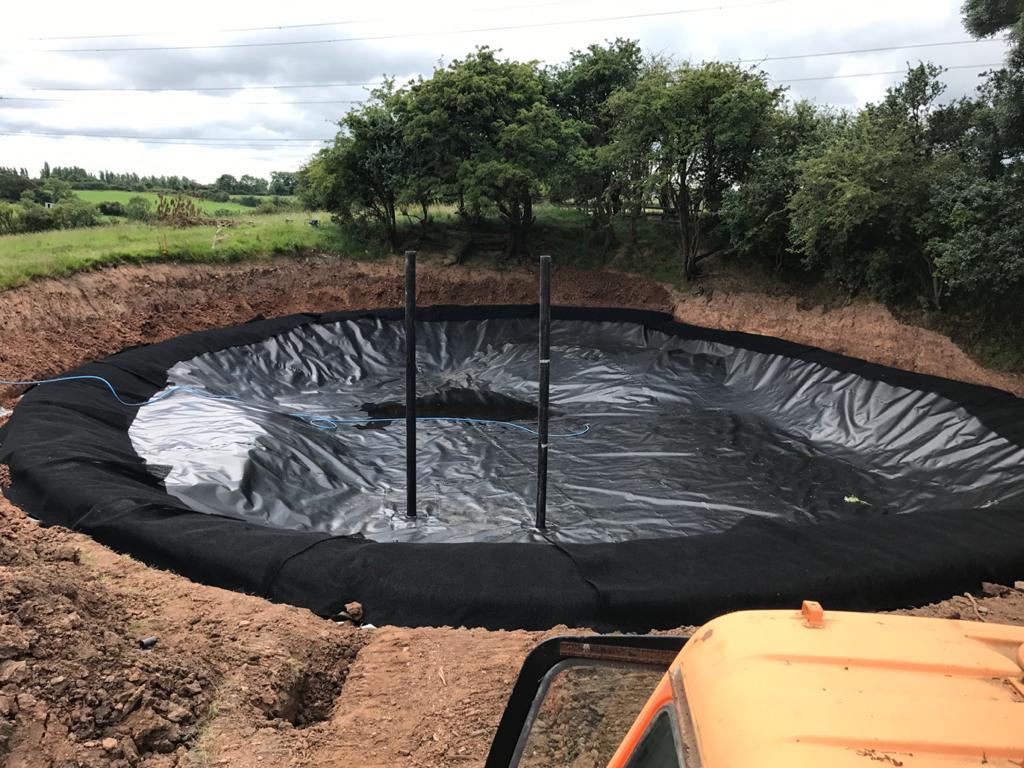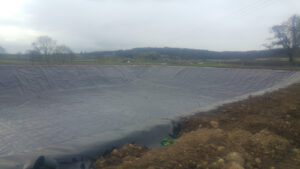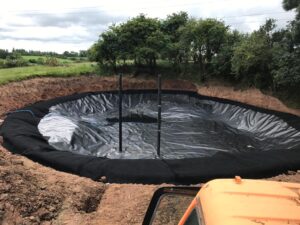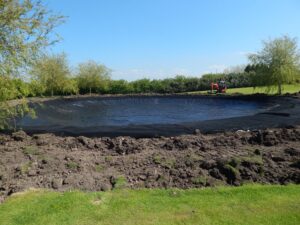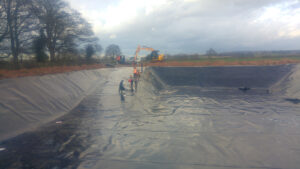In the world of civil engineering and environmental protection, geosynthetics play a pivotal role in providing effective solutions for various construction and containment challenges. Among these, geotextiles, geosynthetic clay liners (GCLs), and 2mil geomembranes stand out as versatile materials engineered to enhance stability, prevent erosion, and ensure reliable containment.
Geotextiles: Reinforcing Strength and Stability
Geotextiles are permeable fabrics made from synthetic materials, typically polypropylene or polyester. These textiles find extensive use in construction, transportation infrastructure, and erosion control.
Functions of Geotextiles
Erosion Control: Geotextiles prevent soil erosion by stabilising slopes, protecting against water runoff, and promoting vegetation growth.
Reinforcement: They add strength to soil, acting as a separator between different soil layers and distributing loads more evenly, enhancing the stability of structures like roads and retaining walls.
Filtration: Geotextiles allow water to pass through while retaining soil particles, ensuring proper drainage and preventing clogging.
Geosynthetic Clay Liners (GCLs): Sealing and Containment
Geosynthetic clay liners are composite materials comprising layers of geotextiles sandwiching a layer of bentonite clay. This combination creates a highly effective barrier against seepage and provides exceptional containment properties.
Applications of GCLs
Landfill Liners: GCLs serve as primary liners in landfills, preventing leachate from contaminating soil and groundwater.
Canal Lining: They are used to line canals, reservoirs, and ponds, effectively containing water and preventing seepage.
2mil Geomembranes: Impermeable Containment
Geomembranes, measured in mils (thousandths of an inch), are impermeable sheets used as barriers to prevent seepage or leakage. A 2mil geomembrane refers to its thickness, providing an impermeable layer for various containment applications.
Versatility and Applications
Water Containment: These geomembranes are employed in ponds, reservoirs, and irrigation systems, effectively containing water and preventing seepage.
Secondary Containment: They act as secondary liners in landfills or chemical storage facilities, providing an added layer of protection against leakage.
Advantages of Geosynthetics
Versatility: Geosynthetics offer versatile solutions for diverse engineering challenges, from soil stabilisation to containment.
Durability: These materials are engineered to withstand harsh environmental conditions, ensuring long-term performance.
Environmental Benefits: Their use promotes sustainable practices by preventing soil erosion, minimising pollution, and conserving resources.
Conclusion
Geotextiles, geosynthetic clay liners, and 2mil geomembranes stand as essential components in modern engineering and environmental protection. Their diverse applications, ranging from erosion control to containment, highlight their significance in ensuring stability, preventing pollution, and promoting sustainable development.
By leveraging the strengths of these geosynthetics and employing them in various construction and containment projects, engineers and environmental professionals continue to pave the way for more resilient infrastructure and responsible resource management.

